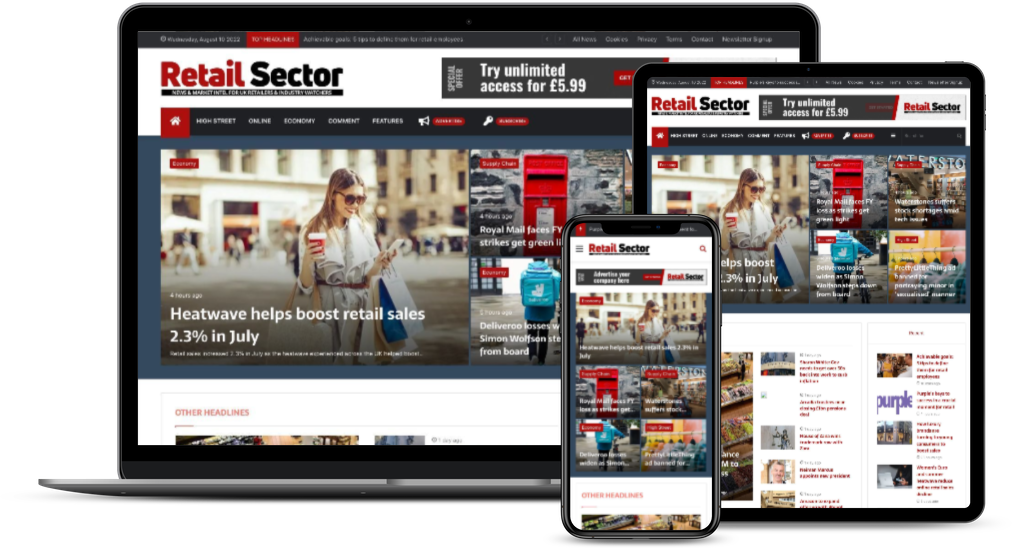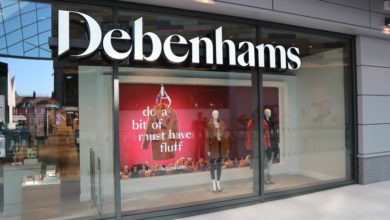E-commerce trends can’t outweigh a flotation’s individuality
David John, CEO at Loyalize, analyses the recent influx of e-commerce retailers floating on the London Stock Exchange, and why the success of each listing will vary for every business

Moonpig, The Hut Group, and In The Style. These are just a few of the e-commerce retailers to have gone public since the start of the Covid-19 pandemic.







